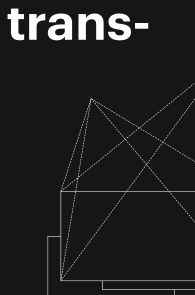open access
메뉴
open access
메뉴 ISSN : 2508-3309
ISSN : 2508-3309
Grotesque, which has often emerged as a breakthrough in Western art to protest rational and classical pure beauty, is often seen in modern art. Grotesque, along with the concept of pendulum, appears in infinitely expanded forms across cultures, arts, and society. In particular, transformed body images through deformatization and deformatization of the body are interpreted as strong rejections that seek to break away from formalized beauty. The main purpose of this study is how the body reproduced through body deformation, distortion, and bonding in Dimitris Papaioannou's work can be interpreted within the grotesque category. To this end, he examines the Grotesque discourse and modern meaning underlying the interpretation of the work and identifies how the fragmented and expanding body, which is currently actively discussed in the dance world, has an interaction with Grotesque. It selects <Nowhere(2009)>, <Primal matter(2012)>, <Still life(2014)>, and <The great tamer(2017)>, which are the main attributes of the grotesque, focus on conflicting familiarity, life, hatred, and beauty. Based on this, we would like to confirm that in contemporary dance, the reconstructed body reveals concealed things rather than expressing an unrealistic fictional world, and seeks new possibilities beyond boundaries as well as reconsider existing aesthetic views.